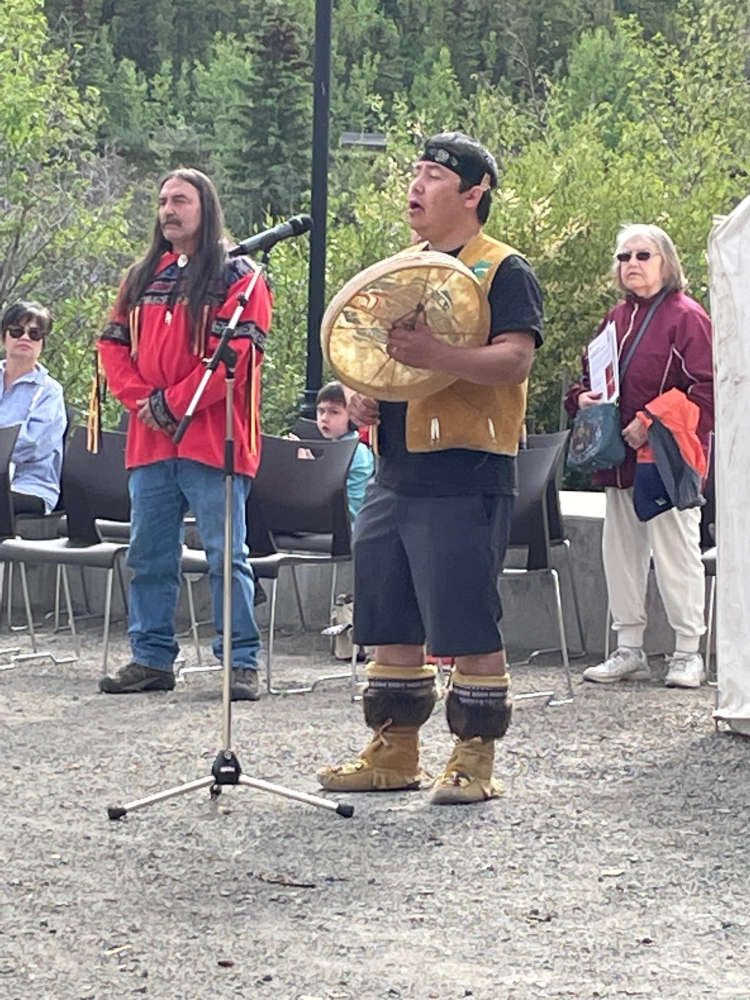
Friday was a day of celebration on the shore of the Yukon river at Fort Selkirk.
Drumming and singing filled the air on Friday, as over one hundred people including Selkirk First Nations citizens, territorial government officials, and media traveled by boat and plane to Fort Selkirk to witness the government of Yukon and Selkirk First Nation signing the third Fort Selkirk Historic Site Management Plan.
The first plan was signed in 1990, and the second was signed in 2000.
It sets out how the former trading post of Fort Selkirk and it’s 37 historic structures, which includes the Yukon’s oldest house - built in 1890, will be protected.
The new management plan includes a buffer zone around Fort Selkirk where mining can’t happen, and a title raised in 2010, with the Yukon and Selkirk First Nation as co-owners of the site.
“This is a pretty special day,” says Selkirk First Nation Deputy Chief Morris Morrison, “what it means is, the future generations get to enjoy this place as much as I did growing up. There’s a strong history of our people here, and it’s just an opportunity for the youth to learn more about their culture and background.”
The history of Fort Selkirk goes back thousands of years as the home of the Selkirk First Nation. In 1848, Robert Campbell established a Hudson’s Bay store there, which brought colonial culture and development. It’s location along the Yukon River made it a major trading post, and at one point, many considered it the unofficial capital of the Yukon. When the Alaska Highway was built in the 1940s, river travel died down and Fort Selkirk became mostly abandoned. By the 1950s, most full-time residents moved to either Pelly, or Minto.
Media were given a tour of the historical site by Freda Alfred, who’s mother grew up there, and still spends her summers there.
“The majority of our people went to this church because the other church was closed down for 40 years,” Alfred explains, standing in the old St. Andrew's Anglican Church built in 1931, “later on father Bobillier came back and opened up the other church and said the only one who went to that church was Copper Joe.”
Alfred says the Roman Catholics in the community discouraged many first nations traditional practices such as cremations.
Buildings on the site include the church, an RCMP detachment, a Taylor and Drury store, and a machine shop. They have been braced and reinforced to be structurally sound, but work still needs to be done to restore the interiors.
That work will be implemented in phases as funding and resources become available.
Check out more photos on CHONFM's Facebook and instagram pages!

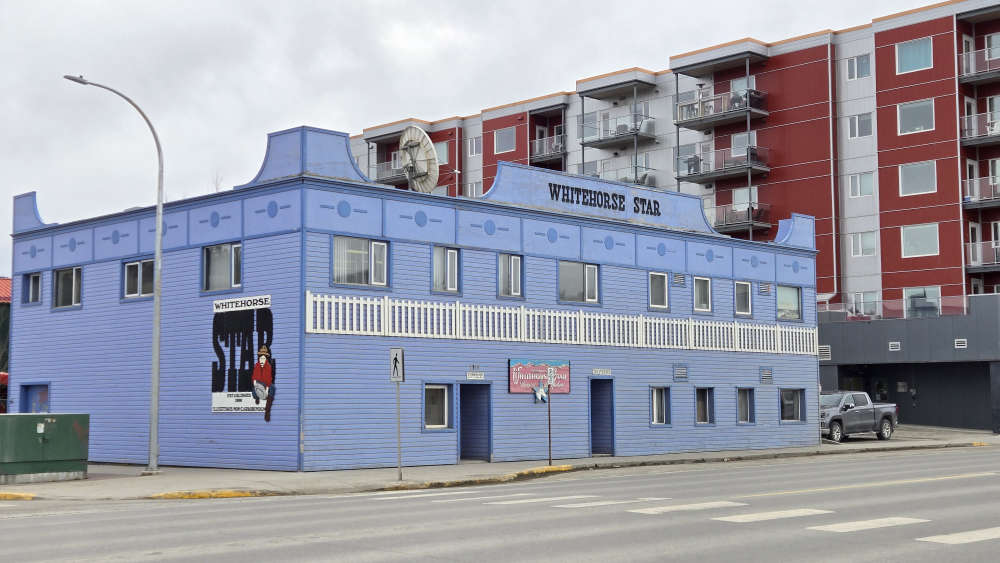 The end of one Star sparks the birth of another
The end of one Star sparks the birth of another
 UPDATE: Missing First Nations Haines Junction residents located
UPDATE: Missing First Nations Haines Junction residents located
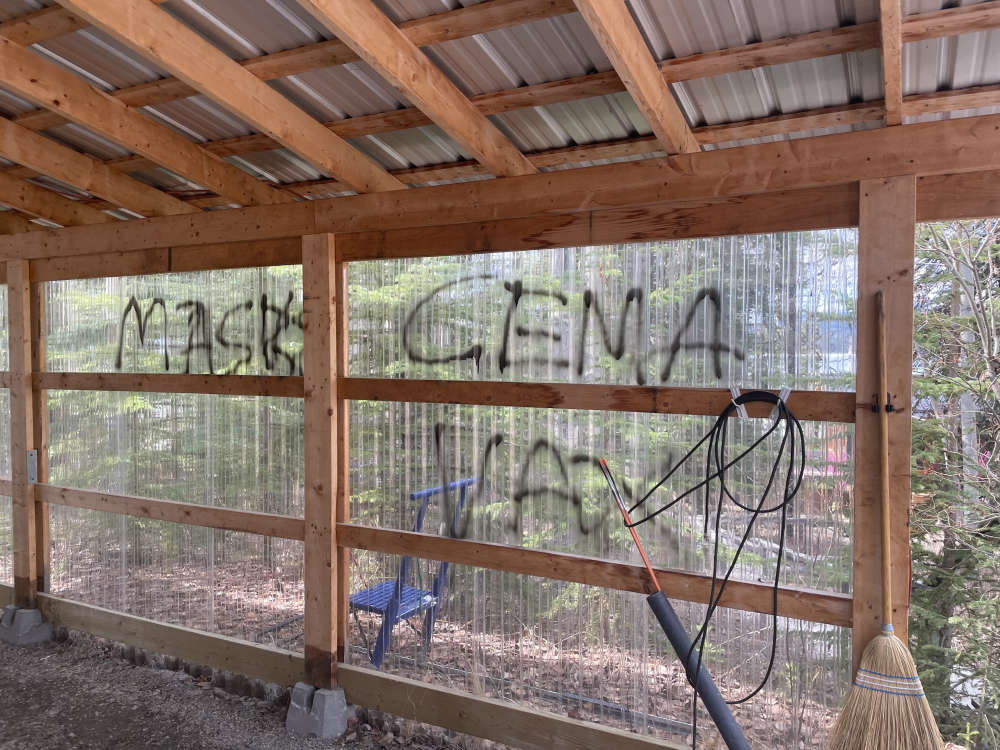 Minister's home vandalized with threats and profanity
Minister's home vandalized with threats and profanity
 Whitehorse Community Thrift Store donates $100K to community organizations.
Whitehorse Community Thrift Store donates $100K to community organizations.
 Whitehorse residential school ground searches completed
Whitehorse residential school ground searches completed
 Arrested parent accuses department of Education of escalating matters at Holy Family School
Arrested parent accuses department of Education of escalating matters at Holy Family School
 Government of Canada announce over $45M to protect Whitehorse Escarpment and Robert Service Way
Government of Canada announce over $45M to protect Whitehorse Escarpment and Robert Service Way
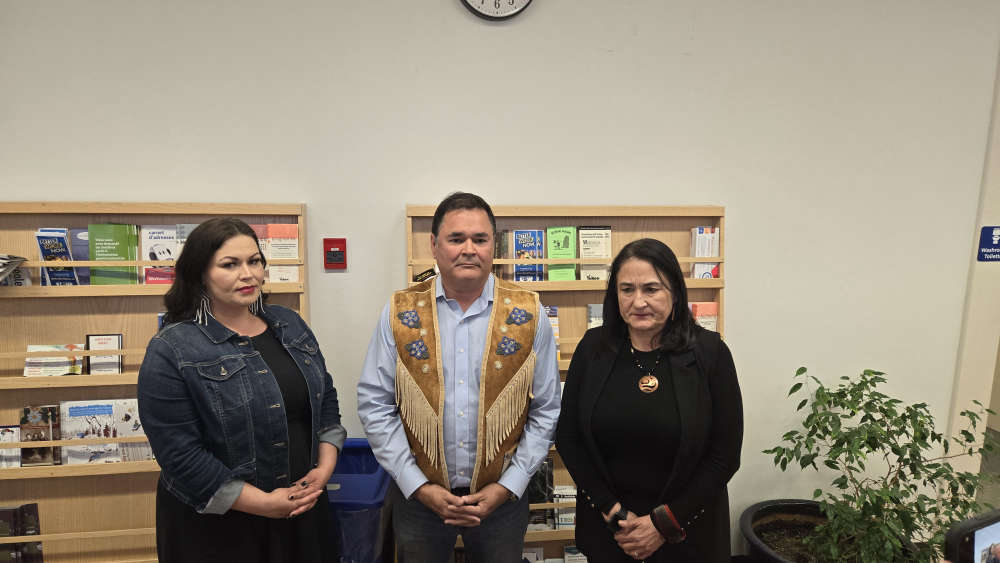 Yukon government passes Health Authority Act
Yukon government passes Health Authority Act
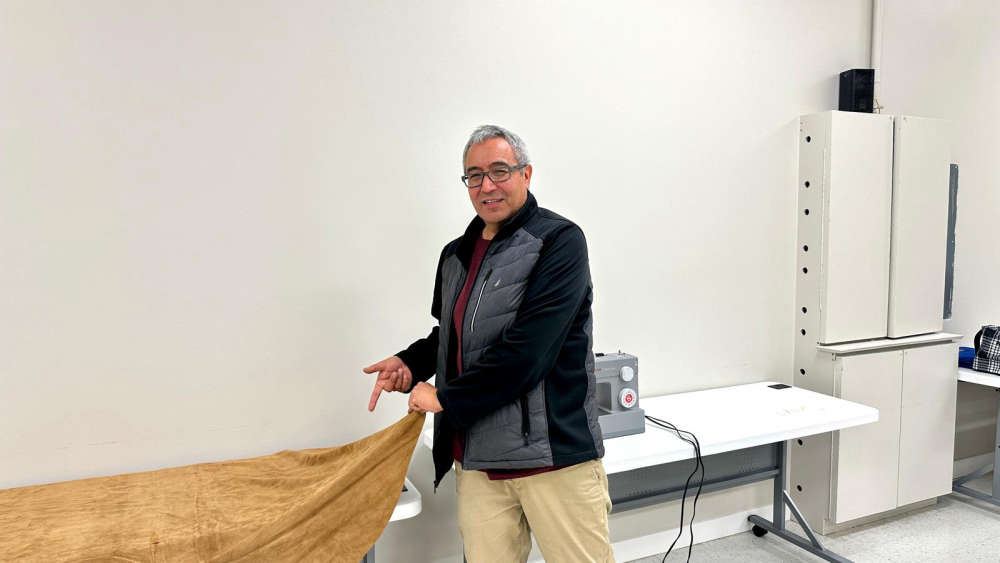 Regalia workshop for special traditional occasions holds in Whitehorse
Regalia workshop for special traditional occasions holds in Whitehorse
 Unity in the Community Walk for four Yukon women who died at the Whitehorse Emergency Shelter held in Whitehorse
Unity in the Community Walk for four Yukon women who died at the Whitehorse Emergency Shelter held in Whitehorse
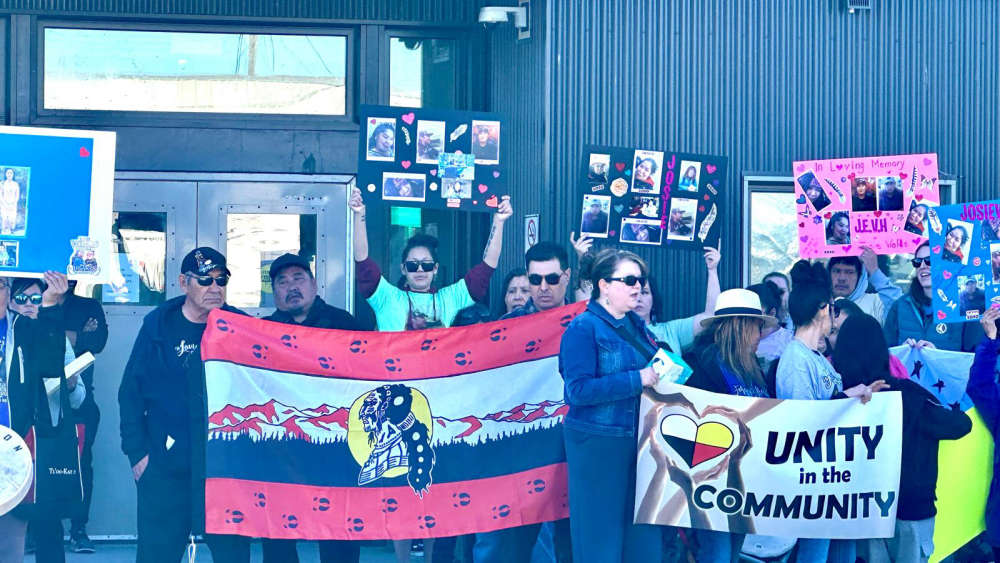 Testimony hearing into the deaths of four Yukon women comes to an end.
Testimony hearing into the deaths of four Yukon women comes to an end.
 Ground searches at two former Whitehorse residential school sites begin this week
Ground searches at two former Whitehorse residential school sites begin this week
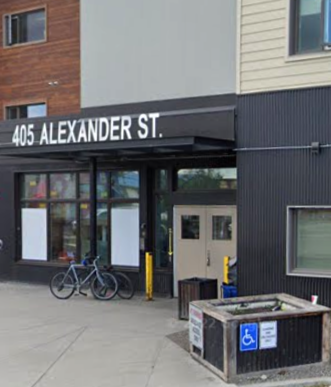 Coroner's Inquest sees footage of lifeless body ignored for more than 12 hours
Coroner's Inquest sees footage of lifeless body ignored for more than 12 hours
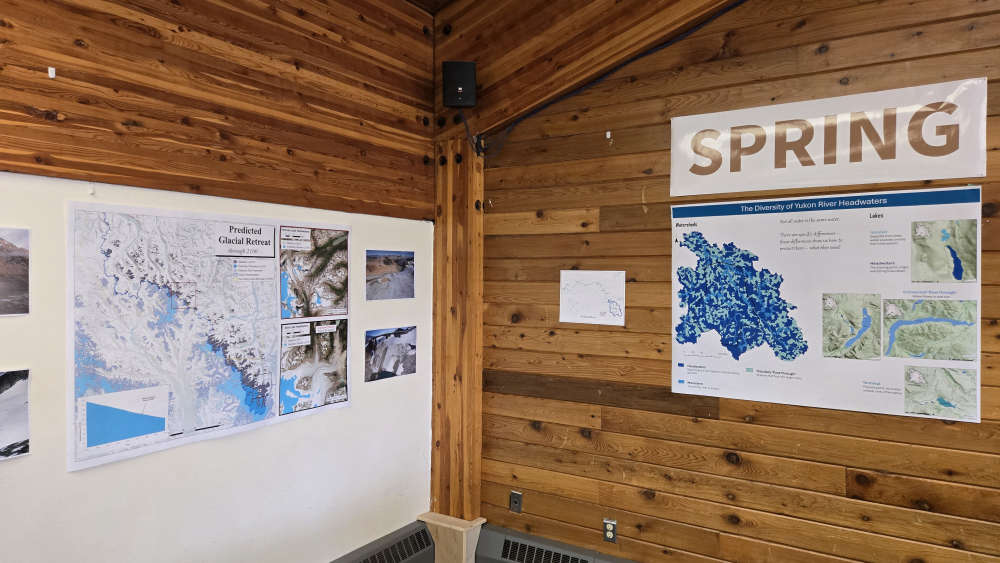 How We Walk with the Land and Water holds two open houses
How We Walk with the Land and Water holds two open houses
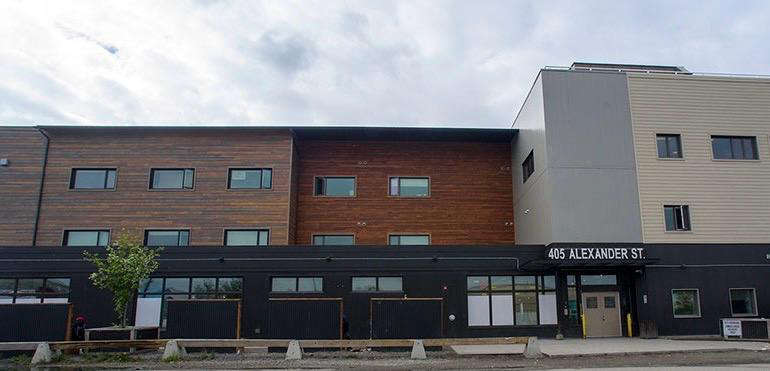 Whitehorse Emergency Shelter staff not trained for emergencies, inquest hears
Whitehorse Emergency Shelter staff not trained for emergencies, inquest hears
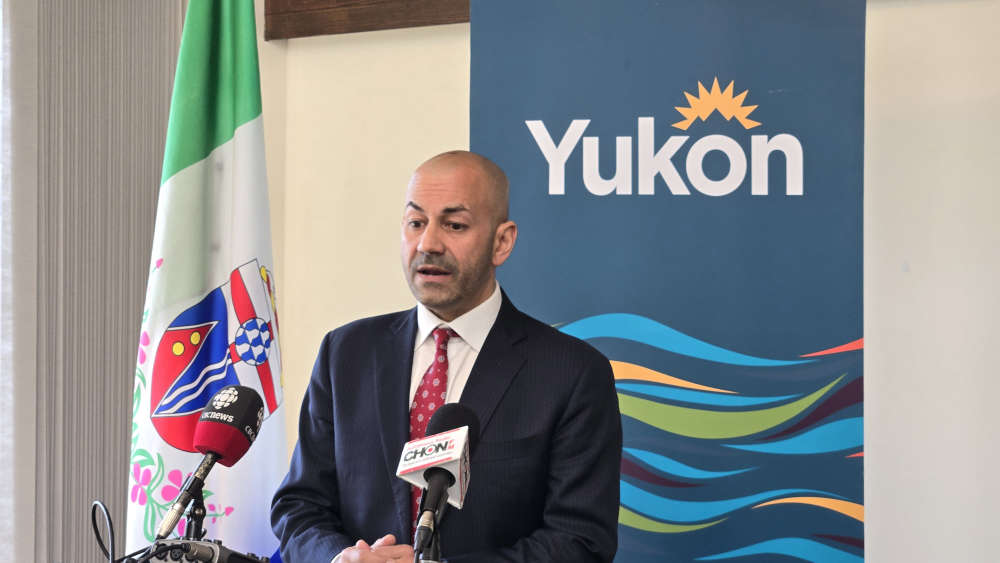 Premier pledges to meet with Yukoners living in tents to help them find housing
Premier pledges to meet with Yukoners living in tents to help them find housing
